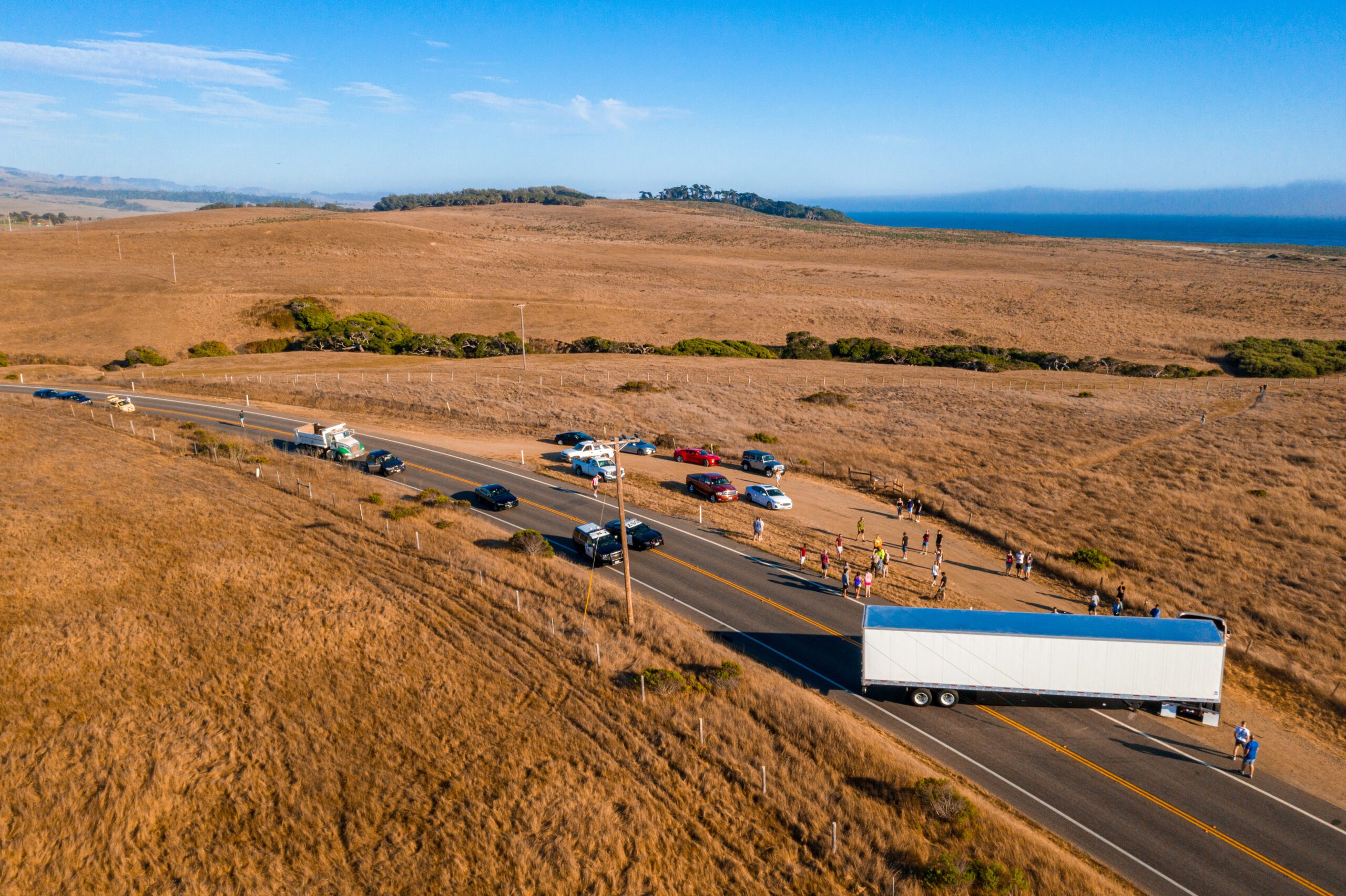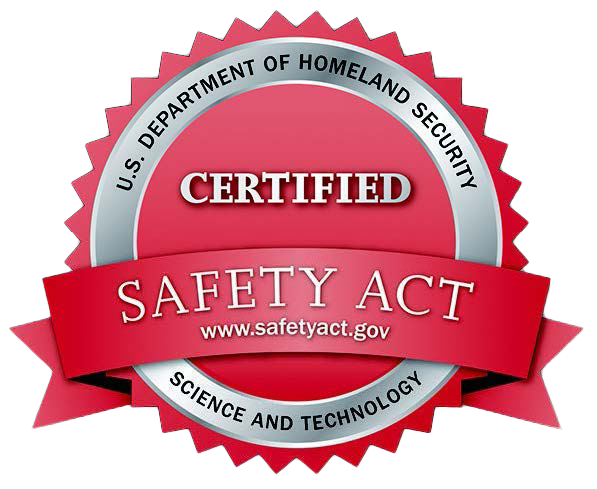Communication Gaps in the Emergency Response Community
This blog contains excerpts from Gap Assessment in the Emergency Response Community published in September 2010 by Pacific Northwest National Laboratory prepared for the Department of Homeland Security, along with the viewpoint of the writer of this blog. To read the full report, please visit:
https://www.pnnl.gov/main/publications/external/technical_reports/PNNL-19782.pdf
Why do emergency response agencies regularly encounter operational communication gaps? This question consistently plagues and challenges today’s preparedness and response organizations in environments that range from catastrophic to day-to-day operations that stress communication resources. What I address below is the technology that is available to enhance and expand current legacy communications systems to scale and to fit any circumstance.
The answer, very simply stated, is that in times when the circumstances are fast-moving and stress levels are high, the Emergency Management professional relies on “muscle memory” procedures. This technique may have worked in the past to allow the involved agencies to get by temporarily, but in the end, the operational communication gaps regularly reveal and repeat themselves. My goal in sharing the excerpts below is to serve as an essential bridge so that when these gaps appear, we can identify a mitigation solution that allows agencies to work smarter, not harder, in response to difficult and challenging events.
INFORMATION COLLECTION, SHARING AND DISSEMINATION
Accurate and timely decisions within a response event can have an affect on information that is communicated. Decision makers must have a precise perception of the situation – situation awareness. The ability to have access to the right information about the event is essential to this cognitive state.
The fast pace and critical nature of Emergency Management requires the ability to access and share information efficiently and effectively; however, several competing factors often make this a challenge. Specifically, the adoption of new technology that does not replace but enhances the ability to process information actively and passively in one environment.
Emergency Management personnel often have difficulties obtaining the information they need. The lack of knowledge in an event is due to several fundamental problems: lack of awareness that the data (voice, video, and document) exists; not knowing who controls the information; and the inability to access the information, or having access but in a format that is not understandable. Personnel also frequently find that information is not shared across organizations.
COMMUNICATIONS
Emergency communications are essential within and across Emergency Management agencies and jurisdictions throughout the lifecycle of an incident. Emergency Management communications systems during a catastrophic disaster must operate sufficiently to meet internal and external emergency communication requirements. Research suggests that gaps associated with communications may have organizational, technological, and sociological components (Manoj and Baker 2007). Organizational challenges prevalent in Emergency Management deal with a transition from day-to-day centralized decision making to a more dynamic ad hoc organization that emerges with post-disaster relief efforts. The main technological post-disaster challenge is the rapid deployment of communication systems for the Emergency Management community.
INFORMATION SECURITY
Maintaining the appropriate level of security for sensitive information is an essential component of emergency management as it allows Emergency Management personnel to respond to emergencies without inappropriate use of information by unauthorized parties.
ANALYSIS AND DECISION SUPPORT
Analysis and decision support are essential to the management of the complex environment of an emergency. The analysis involves evaluating information that has been collected and drawing conclusions about the information to enhance decision making. Gaps associated with analysis and decision support are broken into the following categories: information relevance; role ambiguity; decision making with limited information, expertise, resources, and time; and coordinated decision making. Information vs. relevance deals with situations in which the value of information may be lost or unrecognized. Role ambiguity exists when individuals or organizations are uncertain of their job duties and level of authority; this leads to increased individual stress and a variety of inefficiencies that negatively impact Emergency Management effectiveness.
SITUATION AWARENESS
Situation awareness is a cognitive state that reflects the real-time understanding of an environment and its relation to pertinent goals. Situation awareness has been shown to be significantly related to performance for those who have the technical and operational capabilities to take advantage of it (Endsley 1995). Communications gaps related to situation awareness into three categories: dynamic situations, resource status, and geographic visualization. Changing conditions often create increasingly complex environments, making it challenging to maintain good situational awareness.
KNOWLEDGE TRANSFER
Effective knowledge transfer is critical for operations, multiple handoffs, and shift changes during the course of an event. Knowledge transfer is the communication of knowledge between individuals and organizations across a range of domains and time scales (e.g., from shift changes to organizational best practices). Gaps exist in organizational memory as experienced staff members leave, and new staff members join the organization; they also exist in the documentation and understanding of organizational lessons learned and best practices. Training gaps relate to shortcomings in two broad and overlapping categories: training for technical skills and cognitive skills.
AVOIDING THE PROVERBIAL GAP “THE BLINDSPOT”
The gaps identified are vital issues and challenges facing the Emergency Response community. The purpose of documenting these gaps is to gain a better understanding of the technology needs of this community along with partner communities (i.e., business) and to work toward identifying future solutions to address these needs. The overarching gaps associated with information collection, sharing, and dissemination, communications; information security; analysis and decision support; situation awareness; knowledge transfer, and the integration of geographic mapping layers for visualization have been captured and documented.
Strategic language has developed exampled by Emergency Support Function (ESF #2) – Communications Annex, which provides the purpose, scope, and how it should be applied regarding the relationship to the whole community to include Governmental / Private Sector / Nongovernmental Organizations regarding communication infrastructure and Interoperability. Today’s leaders within the Emergency Response and Emergency Management are apprehensive about breaking away from “muscle memory” Today’s Emergency Response / Emergency Management leaders need to be forward-leaning to see how technology can enhance the effectiveness of legacy equipment. Today’s Emergency Response / Emergency Management leaders can perform at the highest levels with the technological tools they have viewed or acquired. It is within that leadership role that these leaders champion the effort of implementation of these tools into the operational environment, which includes; typical day to day operations as well as using them to support the communications mission in catastrophic events. Training on these tools exists in every moment within every planning period of every development of every day.
Mark Anderko is a retired Deputy Chief of Police from New Jersey with 28 years of experience in Law Enforcement and Emergency Management. In addition, Mark Anderko has served as an adjunct instructor for undergraduate and graduate-level courses in Police Science and Emergency and Disaster Management. Mark is a Business Development Executive – Federal Programs for Mutualink
Mutualink provides secure interoperable communications and information sharing solutions for emergency management, first responders, schools, and private security and protective service providers worldwide. Mutualink’s hardware and software empowers agencies worldwide to interoperate and communicate. The company connects radio, phone, video, text, and data among thousands of global customers on the network.
Blog: Mark Anderko
References:
Gap Assessment in the Emergency Response Community published in September 2010 by Pacific Northwest National Laboratory as prepared for Department of Homeland Security. https://www.pnnl.gov/main/publications/external/technical_reports/PNNL-19782.pdf
Manoj and Baker 2007 – Article in Journal of Emergency Management 5(5):55 · September 2007
Endsley, M.R.: Toward a Theory of Situation Awareness in Dynamic Systems. Human Factors Journal 37(1), 32-64
Emergency Support Function #2 – Communications Annex – June 2016. https://www.fema.gov/pdf/emergency/nrf/nrf-esf-02.pdf





